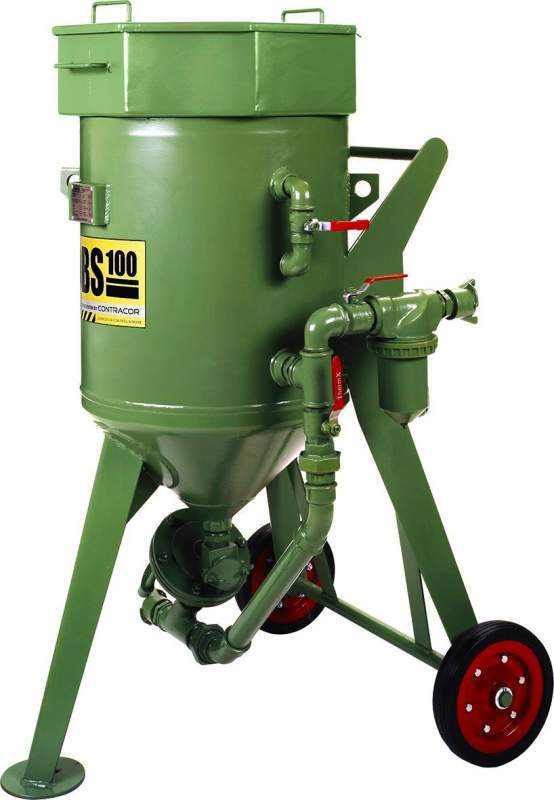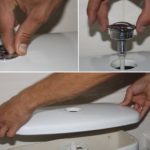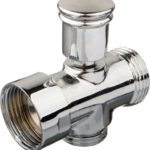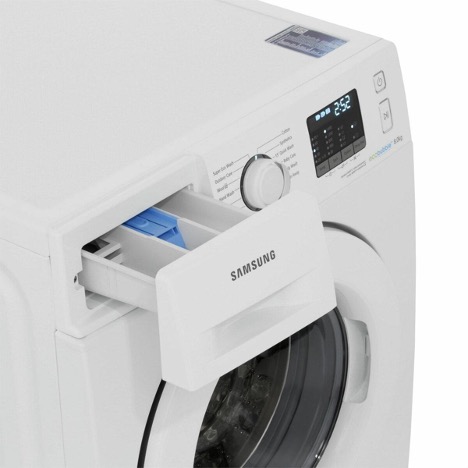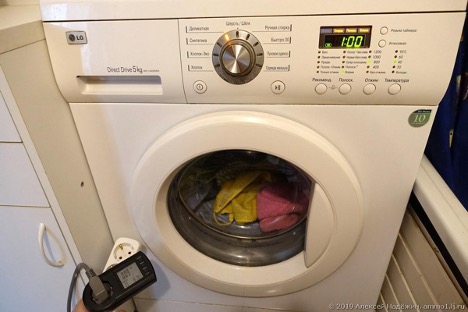Why does the washing machine fill itself with water? How does a washing machine that is turned off draw water?
If the water in the washing machine fills itself, this indicates a malfunction of the inlet valve or a clogged siphon. The liquid can come from a water supply or a sewer pipe, both situations need to be addressed. This article describes how to make repairs yourself.
The content of the article
Main reasons
There are 2 main reasons why the washing machine fills with water on its own:
- coming from the water supply;
- coming from a sewer pipe.
If the liquid comes directly from the water supply, it will accumulate slowly. In addition, the water will be clear, which indicates a breakdown of the inlet valve. Due to the violation, it allows water to pass through while being “closed.” To verify this, just turn off the shut-off valve. If in this case the water stops accumulating, then the problem is indeed related to the inlet valve.

It often happens that water comes from a sewer pipe; it will be cloudy and give off characteristic unpleasant odors. The reason is related to the installation features, when the drain is connected to a siphon located under the sink. Sometimes it starts to get clogged, causing the water level to get higher. It flows into the drain hose, from where it goes into the car’s tank.
Also, cases when a washing machine that is turned off takes in water may be due to the absence of the siphon valve itself. You need to make sure that it is available and, if necessary, buy a spare part and install it yourself.
How to fix the problem
The repair method depends on the cause:
- If liquid comes from a sewer pipe, you need to clean it. The violation may also be due to improper drainage. You can also fix it yourself, although this is a more difficult task. If you are not sure, it is better to call a specialist.
- It also happens that the cause is a malfunctioning intake valve. It cannot be repaired, so you need to purchase a new part and install it in place of the old one. You can do this yourself only if you have the appropriate skills.
Do-it-yourself replacement is possible using the following instructions:
- If the machine is a common front (horizontal) loading, the valve is located under the top cover. If the loading is vertical, then under the side.
- To find it, turn the unit back and remove the cover.
- Then disconnect the water supply hose - otherwise it will interfere with installation.
- The hoses are disconnected from the valve, each clamp is unclenched and the wires are removed, paying attention to their polarity (you need to remember).
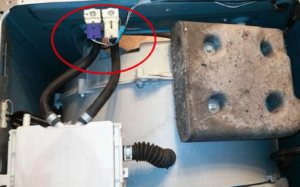
- Since the solenoid-type valve cannot be repaired, it is removed and a new part is installed, connected to the hoses.
- It is also better to install new clamps to make the fastening as reliable as possible.
- Then the wires are connected, taking into account their polarity.
- Fix the valve, connect the hose and check how the machine works.
- If everything is in order, there are no leaks at the connections, you can put the cover back on and put the unit in place.
Prevention measures
Even a properly working machine can begin to draw water during the period when it is turned off. To prevent this from happening, you need to follow simple precautions:
- First of all, you should install a tap that regulates the water supply. It is turned off every time after washing (like a tap on a gas pipeline).
- Use an anti-siphon valve. It is needed to prevent waste water from flowing into the machine.
- Lay materials on the floor that protect against leaks. They will not solve the problem completely, but they will also provide benefits.
Thus, when the washing machine takes on water on its own, this clearly indicates a breakdown. First you need to accurately determine the cause, that is, establish the source of receipt. After this, they act according to the circumstances, calling a specialist if necessary.

